|
Dear B As far as I am aware, Master Xu Yun had studied the Yijing as a child (and youth) under the strict supervision of the numerous tutors that his (Scholar-Official) father traversed through the household. This was in preparation for Xu Yun to take the 'Scholar-Official' Government Examination - which required the rote learning of the Four Books and the Five Classics - and the meticulous replication (word for word) of required sections of each text. A good Scholar-Official must demonstrate how he would deal with each real-world incident by referring to a precise and exact extract of whichever divine-text was relevant to the situation. There could be NO deviation from this ancient (and 'perfect') process if a candidate was to be successful. Remember, tens of thousands applied - and only the low-hundreds would be 'Passed' - according to governmental needs (which meant thousands who had 'Passed' would be 'Failed' as no posts existed for them to be allocated toward). On paper (and in public), Master Xu Yun always distanced himself from Confucian and Daoist Texts (the Yijing in China is considered a 'Confucian' Text). This is to be expected from a man who betrayed the will of his father and instead embraced the Path (Dharma) of the Buddha - a religion that even today is considered 'foreign' in China. To be successful on this path - Xu Yun had to completely abandon what appeared to be the worldly path as defined by Chinese convention. Therefore, the (Indian) Vinaya Discipline took the place of the Four Books and the Five Classics. If this was the cae, then why did Xu Yun (privately) advise Charles Luk to study the Yijing and integrate it with the Ch'an Path? In the UK - Richard Hunn (my primary teacher) was considered the most prominent 'Master' of the Yijing - as he could read the original (and ancient) Chinese ideograms and even lectured about this Text to ethnic Chinese students attending University in Great Britain in Putonghua! For our Ch'an (Caodong) Lineage (Master Xu Yun inherited and transmitted all Five Houses of Ch'an - but in his private transmission he only favoured the 'Caodong') - the Yijing is a pivotal and yet 'hidden' Text. Remember, the Caodong Masters were also experts in the study of the Yijing - and they used trigrams and hexagrams to devise the Five Ranks System. Xu Yun was the opinion that it is only through the study of the Yijing that the Caodong methodology can be truly understood. In this regard, John Blofeld was never privy to this advanced knowledge. If he met Xu Yun - it was merely for a few minutes where Blofeld (by his own admission) spouted nonsense. Of Course, I salute your efforts and you must never be afraid (as I know you are not) to pull the whiskers of the tiger! With Metta Adrian
0 Comments
Dear B Douglas Harding used to hold Zen meditation sessions by lying on the floor. He had no time for formal structure - as 'having no head' also apparently meant that 'he had no body' - although most people who encounter his work seem not to realise the latter. Richard Hunn knew John Blofeld and Douglas Harding - although if he knew Terrence Grey - nothing was said to me. Blofeld mentions meeting Xu Yun - but Xu Yun does not mention meeting Blofeld. This need not negate the encounter - as Xu Yun was photographed with numerous Westerners - many of whom are not mentioned in his biography. In the UK - the barbarous treatment meted-out by the Imperial Japanese Army to British POWs and civilians is still remembered with disgust and derision - as is their savage treatment toward tens of millions of Asian victims. Just what Blofeld is talking about does not ring true. Richard told me that Blofeld eventually retired to Thailand - and 'gave-up' Buddhism in the last years of his life - becoming anti-Asian and pro-Christian, so perhaps his wayward attitudes express these changes. I inherited Charles Luk's papers, and having looked through the volumes, I can say that there is no mention of John Blofeld, Douglas Harding or Terrence Grey. Charles Luk was opposed to Japanese religious corruption and actively campaigned against it. He certainly would not have assisted Blofeld if he knew of his pro-Japanese attitudes. As to hilly Hong Kong mountains - he is probably speaking of the Sai Kung area of the New Territories - where our Ancestrial village used to be. As the area is now a 'National Park' - the US social media has extended the so-called '411' mythology to include this area. Whenever I visited the area - I used to make sure I was with Chinese relatives who knew where they were going. Yes - Richard Hunn gave me his copy of John Blofeld's Yijing. It is a peperback to which Richard added a stouter cover. Of course, it is not the full Yijing, but only the Hexagrams, its line commentaries, the Judgements and Images. From what I can see, I believe Blofeld is copying Wilhelm and is not working from the original Chinese language text. It is a re-interpretation of a translation. Of course, I suspect there are hundreds of these re-interprtations in the English language by now - and that a certain selection can grant an overview of the original text. I am told that an astonishing 600,000 Americans go missing each year in well sign-posted National Parks and National Forests - although all but 6,000 are found safe and well - and that this finding is through the application of the scientific method. When people's lives are at stake I doubt superstition can replace logic and reason. In the days that Blofeld is referring to - the New Territories were strewn with hundreds of villages - many of them Hakka (he does not know this because he never went there). The distance between villages was quite often miniscule. I would say that getting truly lost would have been very difficult as there were settlements everywhere. These are the settlements the Imperial Japanese Army raped and pillaged their way through - killing at least 10,000 people in a relatively small area (1941-1945). The Yijing certainly did not assist the ethnic Chinese escape this fate. One last point that Blofeld is missing is that the Imperial Japanese Government 'banned' everything 'Chinese' - and this included the study of the Yijing. Blofeld is, therefore, misinformed and I would say, not to be trusted. With Metta Adrian
Dear J
Thank you for your interesting email. Richard Hunn spent much of his mature years working upon a full Chinese-English translation of the Yijing whilst working with a British publisher at a time when such an idea was unheard of in the West. The problem was that this publisher wanted to change many aspects of the translation and Richard Hunn disagreed - as these changes would alter the intended meaning of the translation. Due to these creatiive difference - the Publisher eventually pulled the plug and the project was shelved (in the late 1980s). Nowadays, translations like this are fairly common in the West (many produced by ethnic Chinese scholars) - so perhaps Richard Hunn was ahead of his time! As well as studying the available Richard Wilhelm translation (in its various guises) - Richard Hunn thought highly of the concise (English) translation generated by John Blofeld (not very well-known today). Although Richard Hunn would spend much of his time reading the original Chinese language version of the Yijing presented to him by Charles Luk (1898-1978). John Blofeld translation is only the 64 Hexagrams and the directly related commentary material (together with the 'line' commentaries) excluding the Ten Wings content. This is similar in structure to the various 'Pocket' or 'Concise' editions of Wilhelm (premised upon the 1950 edition translated by Cary F. Baynes from the German into the English language). John Blofeld's rendering of the Yijing, however, is a very different English language translation than that generated by Wilhelm-Baynes (Richard Hunn personally knew John Blofeld - despite Richard being much younger than John). John Blofeld ended his days living in Thailand (I believe with his Asian family). Once a suitable translation of the Yijing is secured - as there are many today - then it is a matter of a) intellectually studying the history and meaning of the text as if it were a typical (narrative) subject similar to academic history or philosophy, etc, and/or b) taking the exactly opposite approach of relating to the Hexagram and related text (including the Ten Wings) - in a direct and existential manner which draws the totality of the 'past' and the 'future' into the 'eternal' present. This replicates today exactly how the original 'Zhouyi' a) developed over time, and b) was used 'directly' by the Diviners of the Zhou Kings! Of course, Chinese language tradition talks of earlier (but similar) divinity manuals existing during the Xia and Shang Dynasty. Best Wishes Adrian Zen Teaching of Instantaneous Awakening – Ch'an Master Hui Hai Translated by John Blofeld (1962)10/22/2020 Author’s Note: Charles Luk wrote this Foreword for the British Buddhist – John Blofeld – who had spent time in pre-Revolutionary China (working as an academic in the various Universities) studying Chinese Buddhism and Daoism in his leisure time. During that time, John Blofeld even had a personal encounter with Master Xu Yun (1840-1959) - the details of which are recorded in his biography entitled ‘The Wheel of Life’. John Blofeld also travelled all over Asia before marrying an Asian woman and settling in Thailand. The ‘materialism’ Charles Luk discusses requires clarification. The Buddha recognised that the physical world existed in-front of the senses and that the human mind was ‘attached to that which it ‘sensed’. This physical world, however, exists in a continuous state of flux (or ‘change’), and is ‘empty’ of any substantiality or permanent entity. In the enlightened state, the physical world does not ‘disappear’ as if by magic, but is rather transformed through the attainment and realisation that it is ‘free’ of self, ‘free’ of greed, ‘free’ of hatred and ‘free’ of delusion! The mind is disentangled from its habitual attachment to existing material externals, and the inherently ‘empty’ mind ground is realised, cultivated and developed (as described by the Cao Dong School’s Five Ranks). The Chinese Ch’an School combines the practical teachings of the Pali Suttas and the sublime teachings of the Mahayana Sutras and forms a perfect synthesis of understanding. Charles Luk uses the term ‘materialism’ to describe the mind’s attachment to physical externals, and humanity’s obsession with accumulation of wealth and material goods through the unbridled indulgence of ‘greed’. Charles Luk laments the fact that in the early 1960s, (the time of his writing), people were more interested in the accumulation of external profit, rather than the inner process of spiritual attainment. Whereas the exclusive possession of material goods seldom grants the assumed well-being associated with amassing profit – Charles Luk states that through the proper self-cultivation associated with the inner journey of Ch’an development, true peace of mind and relief from suffering is secured! This ability to ‘self-heal’ - Charles Luk says – resides in the minds of all human-beings! The material world is not necessarily or inherently ‘bad’ per se, but becomes so, depending upon how human-beings decide to relate to it. This is why the enlightened position of the Ch’an Master is described as being ‘neither attached to the (realised) void nor hindered by (the existing) phenomenal world’. Interestingly, Charles Luk discusses the concept of the ‘patient endurance of the uncreate’. After realising relative enlightenment, (or stage three of the Cao Dong School’s Five Ranks System), the perception of emptiness only exists within the mind (or ‘head’) of the individual practitioner. To traverse into the fourth and fifth positions of the Five Ranks – a practitioner must sit with ‘patience’ whilst contemplating the void with non-attachment and adjusting themselves to circumstances. This requires the maintaining of an ‘indifference’ to those circumstance. When this process is facilitated successfully, the emptiness within the head ‘expands beyond the bony limitation of the skull – and ethereally embraces the entire environment (and everything within it). Within phonetical Sanskrit the ‘patient endurance of the uncreate’ is written as ‘anutpattidharmakshanti’, whilst in Sanskrit script it is written as ‘अनुत्पत्तिधर्मक्षान्ति’. ‘Anutpatti’ translates as ‘unborn’, ‘non-born’ ‘uncreated’ - whilst ‘dharma’ represents the ‘entirety of reality’, and ‘kshanti’ equates with ‘patient endurance’. Material reality both ‘exists’ and yet is ‘uncreated’. It takes the practice of the right method of meditation to understand this reality - whilst abiding within the state of eternal patience and endurance (or perseverance). The Standard Sanskrit Dictionary describes this state as being a ‘preparation for a future state, and acquiescence in the state and moral condition which is yet to come.’ A possible Chinese translation is - anutpatti (uncreate) ‘起源’ (Qi Yuan) or ‘that which has not yet come to fruition – but which will eventually germinate and spring-up and sprout from the ground (when watered)’ - reality (dharma) ‘達摩’ (Da Mo) which means ‘unencumbered material reality which is realised (and encountered) everywhere without hindrance’, and ‘尚蒂‘ (Shang Di) ‘to continuously uphold and esteem without hindrance or obstruction’. Therefore, the Sanskrit term ‘अनुत्पत्तिधर्मक्षान’ (anutpattidharmakshanti) is translated into the Chinese language as ‘起源 達摩尚蒂’ - although, of course, there may be other examples generated at different times and in various places as Dynasties (and policies) came and went. Incidentally, the ‘Da Mo’ is exactly the same as that found in the Chinese translation of the name of the Indian Buddhist monk Bodhidharma - ‘菩提達摩’ (Pu Ti Da Mo). ACW (22.10.2020) Dedication: Respectfully dedicated to that true Buddhist, learned scholar, and author and translator of many valuable Ch’an texts, Charles Luk FOREWORD by Charles Luk
The ancients had their unexcelled ways of teaching which seem strange to the people of this modern age of materialism, not only in the West but also in the East. For the human mind is now more concerned with material than with spiritual values; it seeks only the satisfaction of its ever-increasing desires – though these are the very cause of our sufferings – and it casts away ‘its own treasure house’, which is its paradise of eternal bliss. So long as we allow our minds to discriminate and to grasp at illusion, the ancient teaching will seem strange, even stupid and silly, to us. However, if we succeed in disengaging our minds from externals – that is if we stop all our discriminating and discerning – the profundity of that teaching will become apparent to us, for it inculcates not only theory but also that practice which will give immediate results in the sphere of reality; for a teaching cannot be regarded as complete unless it gives the practical method of reaching the ultimate goal. When the Great Pearl preached his Dharma of instantaneous Awakening, he taught its doctrine, its aim, its substance and its function; thus his teaching consists not only of the right interpretation and correct understanding of theory but also of the practical realisation of substance and function, which are the two essentials of complete enlightenment. In other words, he taught the right Dharma which is immanent in everyone and which does not come from outside. The Master’s numerous quotations from Mahayana Sutras, together with his unsurpassed interpretations and comments, show that all great master read the whole Tripitaka before or after their enlightenment, and refutes the unjustifiable contention that sutra can be dispensed with in the Transmission of Mind introduced into China by the Twenty-Eighth Patriarch Bodhidharma. The Great Pearl urged his listeners not to let their minds abide anywhere and at the same time to keep from illusory non-abiding, so that a state of all-pervading purity and cleanness would appear of itself. And even this pure state should not be clung to, in order to release the mind from all remaining relatives and thereby attain realisation of the ‘patient endurance of the uncreate’ (anutpattidharmakshanti) which is an essential condition of complete enlightenment. Thus, his instruction followed exactly the same pattern of the Dharma as laid down by the Buddha who said in the Sutra of Complete Enlightenment that his disciples should keep themselves again and again from all illusions, including the illusionary idea of keeping from them, so as to wipe out all traces of subject and object until nothing further remained to be avoided – for only then could bodhi appear in full. Therefore, Part One of this book gives the Mahayana instruction for self-realisation of mind, for perception of self-nature and consequent attainment of Buddhahood. And Part Two contains the dialogues between the Great Pearl and those who came to him for instruction. If we seriously follow this teaching and practise self-cultivation, beginning with the mind as the starting point, there is every possibility that we shall succeed in reaching the same mental states as those described by the Great Pearl in his twenty-eight-line gatha. Charles Luk (Upasaka Lu K’uan Yu) Hong Kong |
Archives
March 2024
Categories
All
|
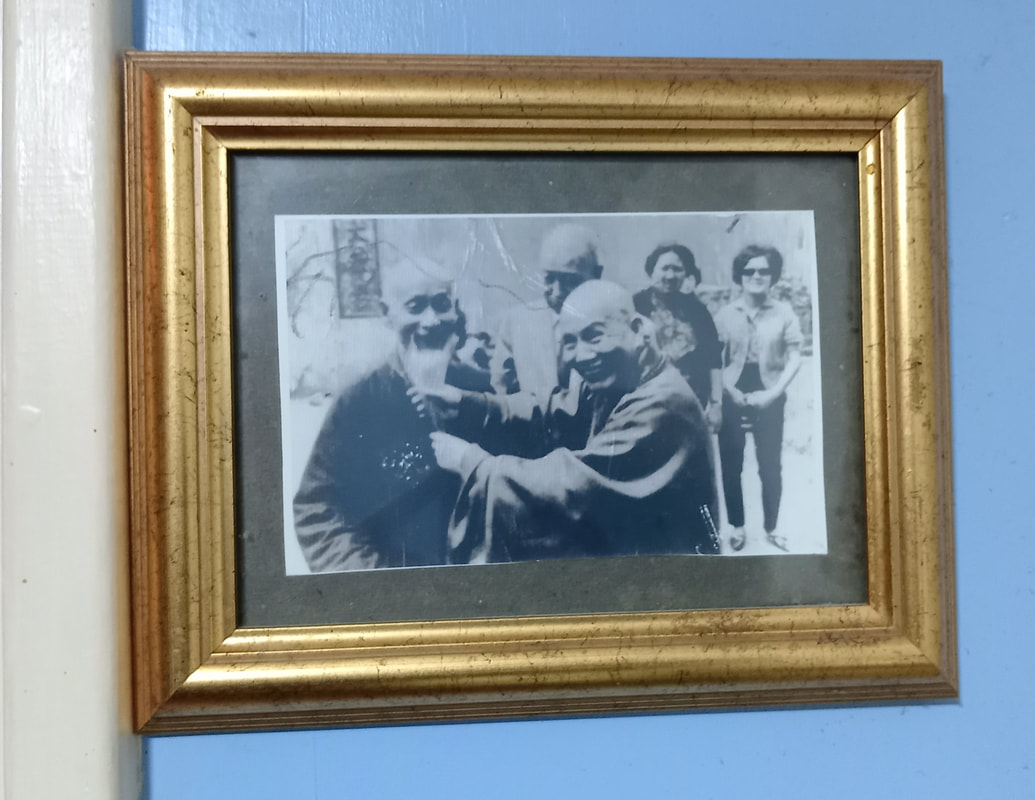
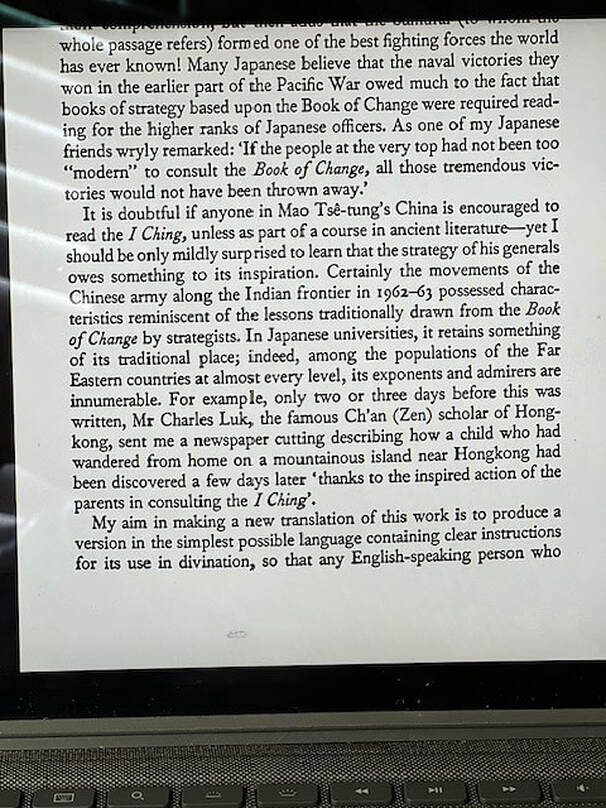
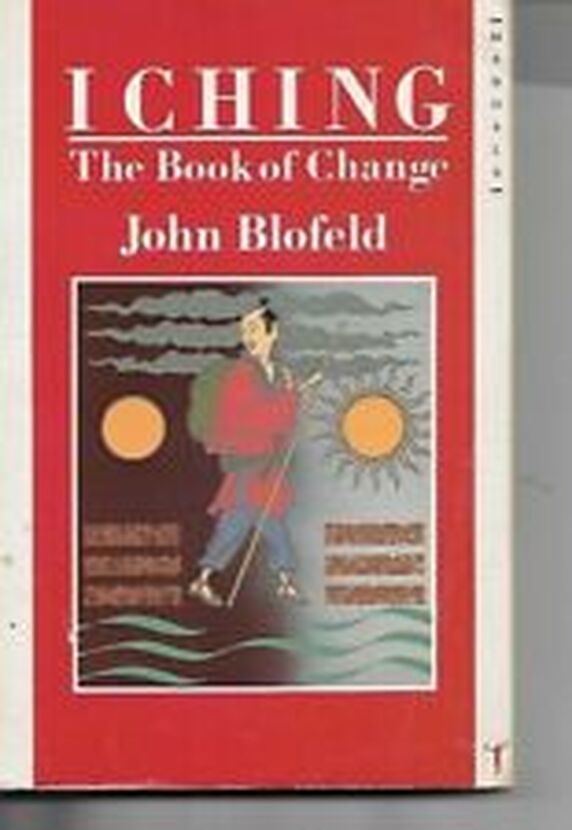
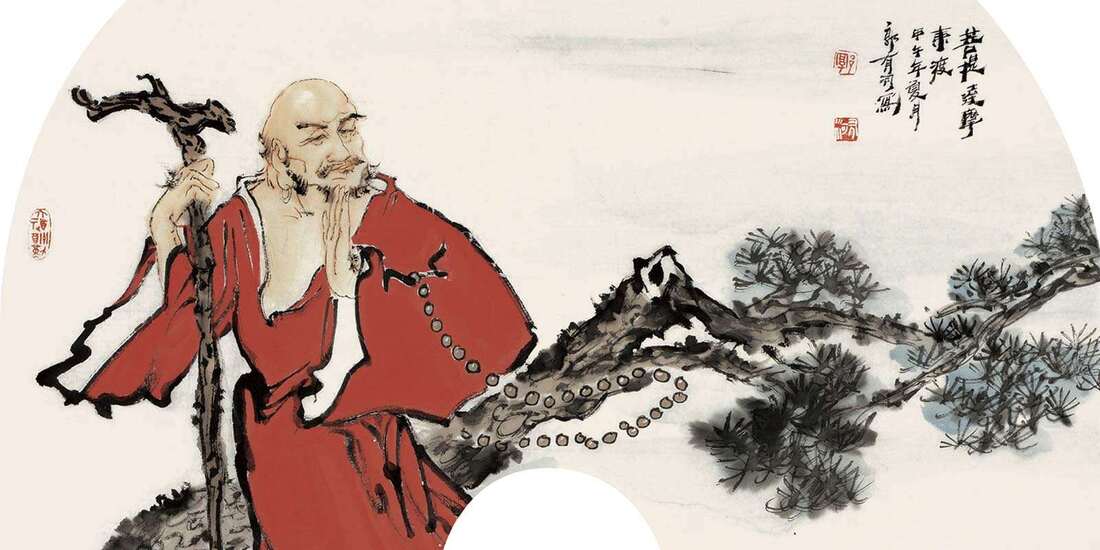
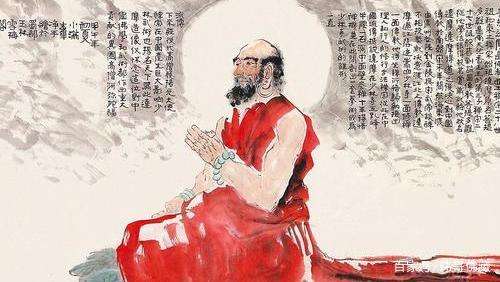
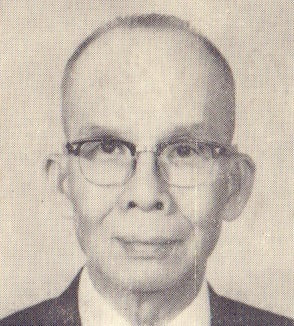
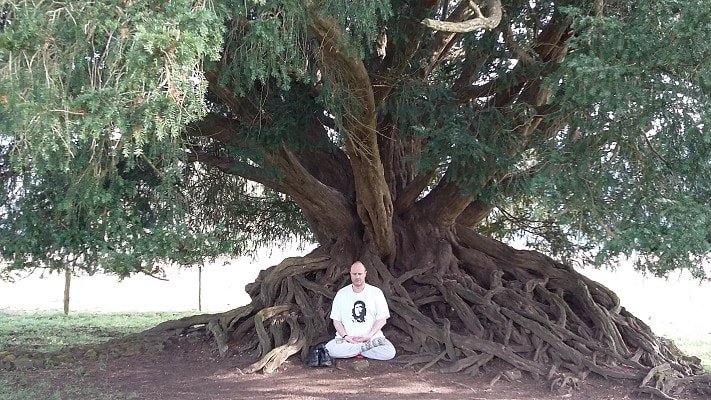
 RSS Feed
RSS Feed